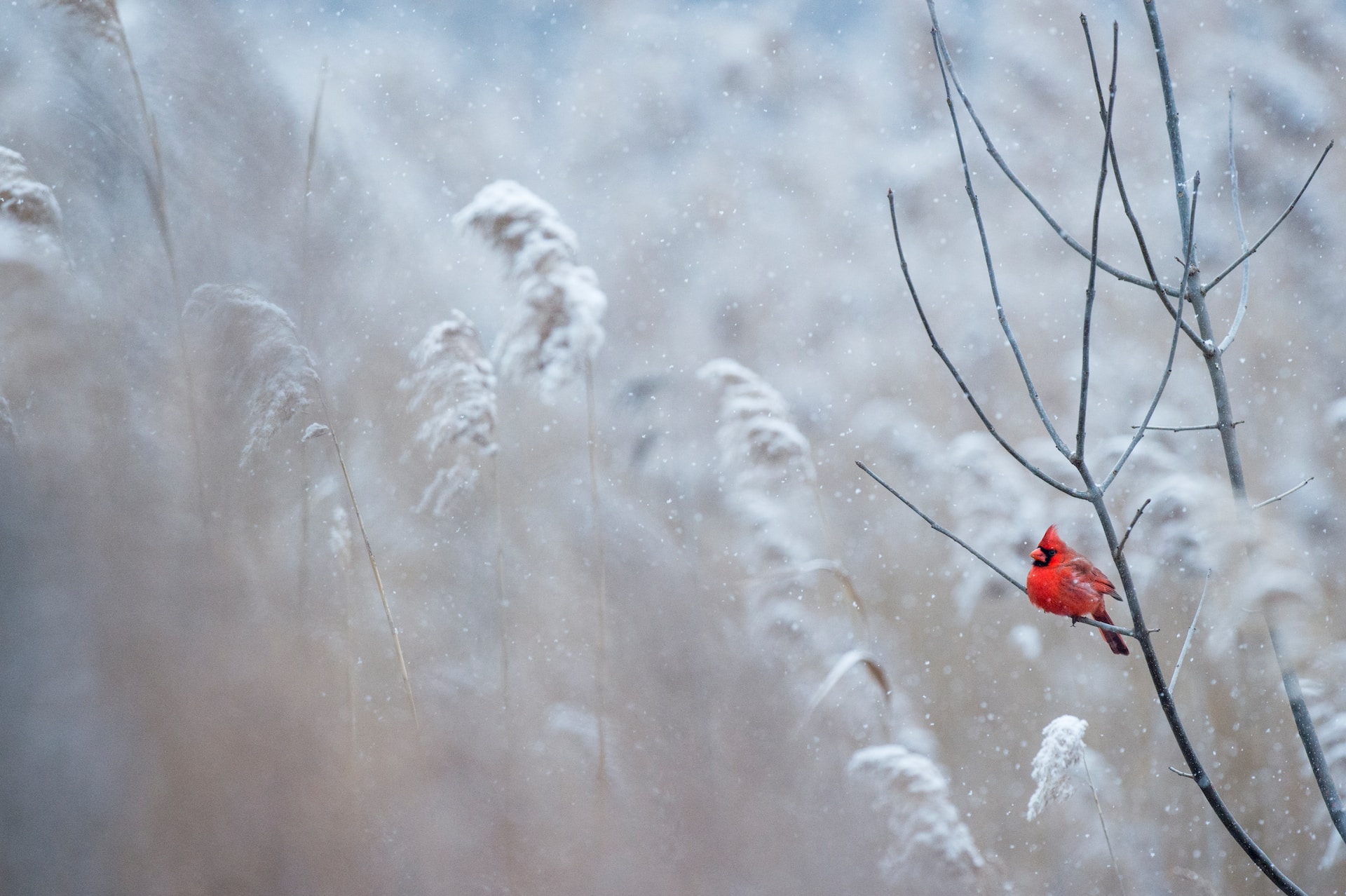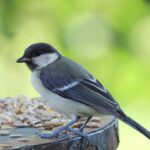Understanding Spring Birdwatching in Your Garden
The sense of renewed energy and the explosion of life in spring creates an ideal environment for birdwatching in your garden. As the weather warms, many species of birds return from their southern winter havens, offering a delightful array of colors, songs, and behaviors to observe.
For nature enthusiasts, this represents a unique opportunity. Birdwatching during spring enables us to become more attuned with the world around us, helping us deepen our appreciation of nature’s wonders and underscoring the urgency to safeguard these against environmental threats.
What to Look for in Your Garden
Being mindful of what to look for can significantly enhance your spring birdwatching experience. Be on the look out for pretty Goldfinches changing to their summer plumage, Robins pulling worms from the ground or perhaps a tiny Tufted Titmouse grabbing a quick bite from your bird feeder. Every bird, from the towering Great Blue Heron to the charming hummingbird, has its charm, and recognizing their unique characteristics will enrich your birdwatching.
Spring also denotes nesting season, giving you glimpses into the fascinating behaviors of birds as they build nests and raise their young. Keep an eye out for the gathering of twigs, feathers, and other materials or birds feeding their young with wide range of grubs and insects.
To maximize your experience, consider visiting high-traffic bird sites, like eBird or the Cornell Lab of Ornithology, which offer invaluable picture reference materials. These references will help you identify different species and learn about their behaviors.
Eco-Friendly Gardening Tips for Birdwatching
Adopting eco-friendly practices is crucial in creating a garden conducive to birdwatching. Some simple yet effective modifications can have a profound impact on attracting birds. These include planting native plants which provide natural food sources. Try to avoid chemical pesticides, as these not only harm insects that birds eat, but can also directly harm the birds themselves. Another easy step is providing a water source for the birds to drink and bathe.
These practices, as small as they may seem, can go a long way in creating a safe haven for birds. They also support a healthy ecosystem by encouraging native species and reducing harmful environmental impacts such as water contamination from pesticides.
Bird Friendly Garden Cleaning
Spring cleaning your garden while respecting bird habitats can indeed be done. Garden cleaning should take into account the birds’ nesting season to avoid disruption. Gentle cleaning methods should be applied, removing dead foliage and other debris should be done in late winter or very early spring before nesting begins.
These practices create a balance between maintaining a tidy yard and creating a safe environment for the birds, enriching your spring birdwatching experience.
The Smart Yard Initiative
The Smart Yard Initiative encourages conscious gardening practices, indicating a shift in how we interact with our environment. This initiative enlightens us on ways to support birds and the broader ecosystem by being knowledgeable and intentional about our gardening. Composting, using native plants, conserving water and reducing yard waste are some means through which a “smart yard” can be achieved.
The Smart Yard initiative offers a brilliant guide for gardeners on creating spaces that are not just visually appealing but also environmentally responsible.
Conclusion
Spring birdwatching while respecting nature’s rhythm is an immensely fulfilling activity. It presents not only an opportunity for leisure but also a chance for us to deepen our understanding of nature. Let’s start transforming our gardens into bird-friendly habitats and be a part of this rewarding journey!




